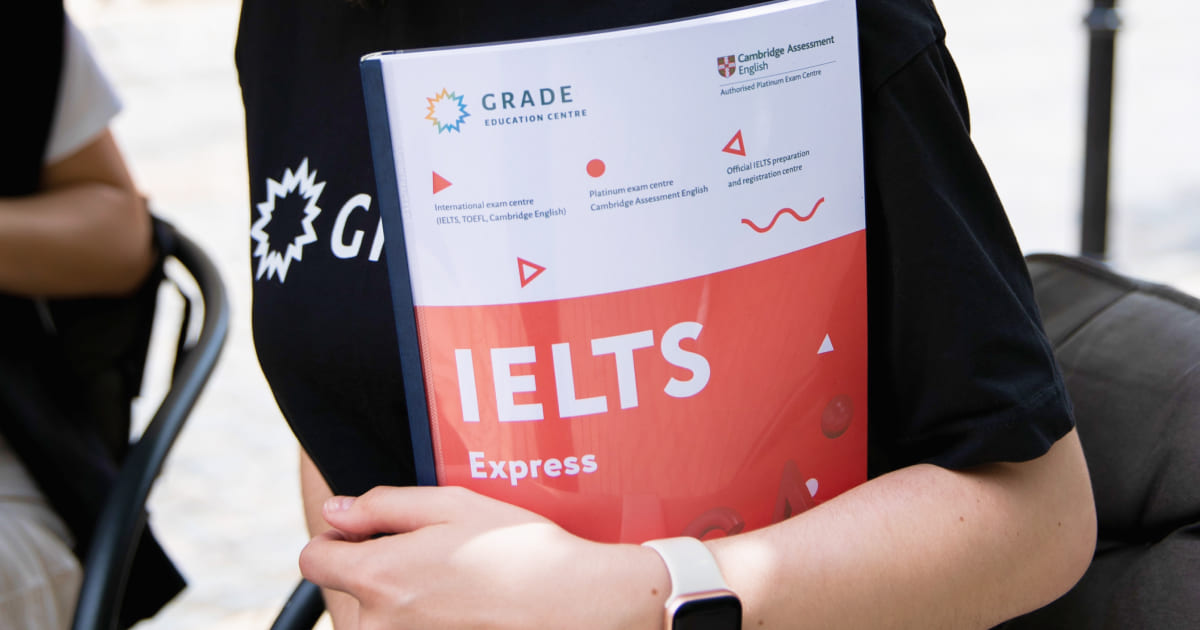Exploring time with young learners
- Activities
- Tips & Strategies
- Methodology

04.11.2022
Very often teachers face difficulties when it comes to teaching their students how to write an essay in the course of IELTS preparation. What often happens is that teachers read with their students a model essay and just ask them to reproduce it or give a lecture on what the essay is and what parts it consists of.
If to talk about the approaches for writing, generally, there are two most common ones: product writing and process writing. In this article, we are going to summarise the main features of these two approaches and show how they can be applied to teaching an IELTS essay writing.
This approach to teaching writing involves the following stages:
Let us see what happens on each stage and how it can be used for IELTS essay writing.
At the stage of familiarisation students work with a model text. They familiarise themselves with the vocabulary, peculiarities of syntax, and linkers. In the process of teaching IELTS essay writing teachers can choose a well-written essay and use it as a model.
Students can learn about the structure of the essay, namely, the number and purpose of each paragraph, what information is included there, how the arguments are developed and supported with details and examples. Apart from that, students can analyse grammar, the range of vocabulary, in particular, the lexis of the formal register, and the use of linkers.

IELTS Essay Types and Structure
Read moreDuring the stage of controlled practice, students can do some training exercises to practice the vocabulary or grammar, for instance, complete the gaps in the sentences with the correct linkers, match informal vocabulary to their formal equivalents from the model text.
What is more, students can practise to paraphrase the task, express their opinion, match the topic sentence of the paragraph with the supporting details, divide the sample essay into paragraphs or put the paragraphs of the sample essay in the correct order.

During the stage of guided writing, students can do more complex tasks, such as writing a topic sentence for the main body paragraph, writing full sentences of supporting details, using prompts, or summarising the main arguments.
At the stage of freer practice, students are expected to write a complete essay independently which is likely to imitate the model answer.
Overall, as it can be seen, the product approach deals more with the linguistic knowledge of the text in terms of
A weakness of this approach is that less attention is paid to the development of writing micro-skills such as
Process approach puts more emphasis on developing micro-skills of writing such as planning the text, drafting, proofreading rather than highlighting the linguistic knowledge of the text, unlike the product approach. The cycle involves the following stages:
At the prewriting stage, students can brainstorm the ideas, e.g., possible advantages and disadvantages of living and working abroad and generally, plan the essay structure by choosing the number of paragraphs and identifying their purpose.
At the composing/drafting stage, students select the main arguments and make the plan of the essay which is followed by writing the first draft. Then, students usually have a discussion of the first draft which can be organised in the form of peer feedback. It is a good idea to provide the students with a list of criteria or a checklist which will help them to evaluate the draft and suggest changes or improvements.
After the discussion or peer review, students are supposed to revise and rewrite the draft. At the final stage, students proofread the final version of the essay.
The strength of the process approach is that it realises the importance of developing writing skills, while its main weakness is that less attention is paid to analysing the type of the text that should be produced, especially in terms of linguistic knowledge. As a result, students do not obtain sufficient linguistic input.
What approach do you take in your lessons?
As you can see, both approaches have their strong and weak points. Consequently, a logical question may arise: which approach to choose for your students since both linguistic knowledge of the text and writing skills are essential?
It can be recommended to opt for the product approach more at the beginning of the course when students are usually less familiar with essays as a type of text and need to be provided more with the linguistic input. It is beneficial for them to learn more about the essay structure, vocabulary and linkers.
Over time, when students become more confident in writing, it is possible to move towards synthesis of product and process approaches. You can add more activities which aim to develop writing skills, like
Closer to the end of the course, when students are quite familiar with the linguistic peculiarities of the text, more emphasis can be placed on the process approach and doing more writing practice.
Learn more about teaching IELTS essay writing
Olena Bochkarova
Author
Academic Director & Experienced Teacher | General & Business English, IELTS Prep | CELTA & CELT-S Trainer | International Speaking Examiner | Course Consultant
Comments
Leave your comment